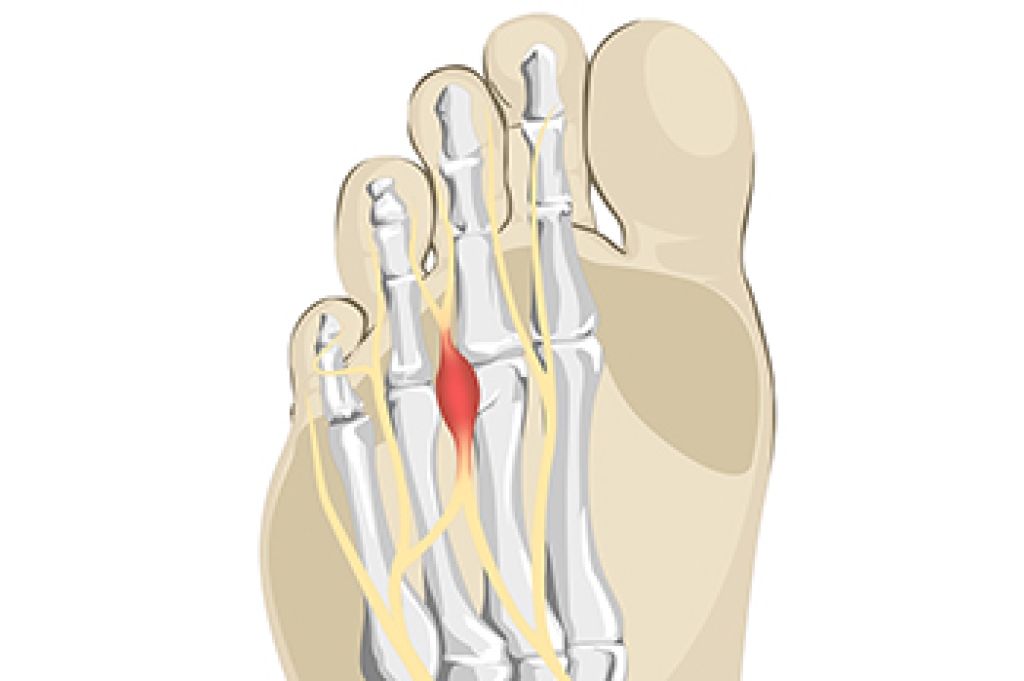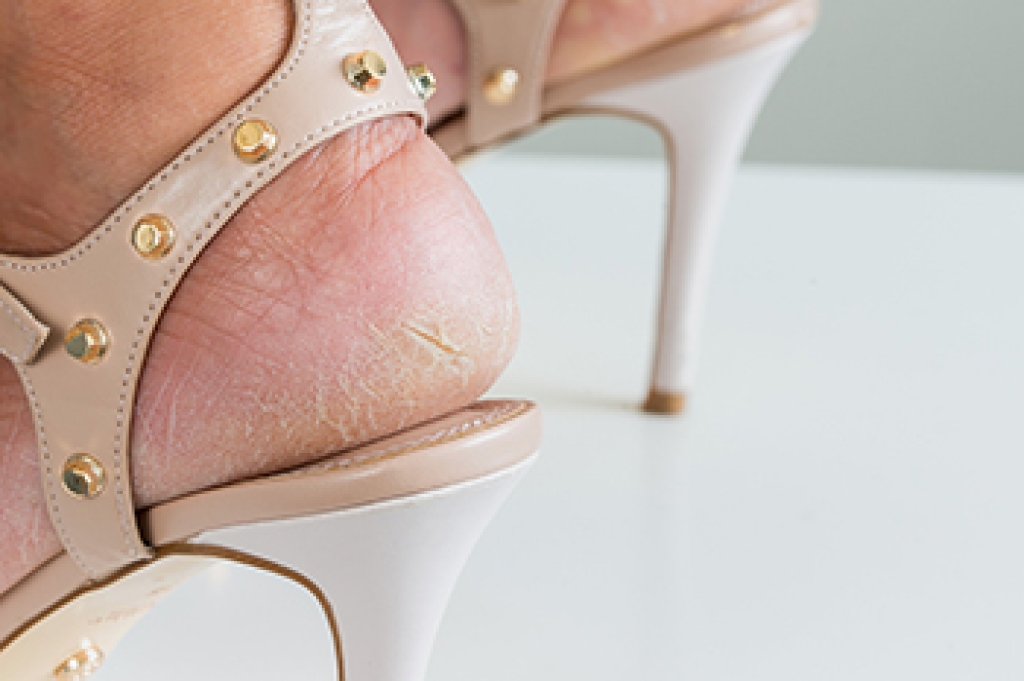Tendonitis is a common cause of foot and ankle pain. It occurs when there is inflammation or irritation to the tendons that run along the feet and ankles, helping them move properly. When these tendons are injured through a sudden impact, repetitive overuse, or from biomechanical or medical conditions, the result is tendonitis, which can cause foot pain, swelling, stiffness, and changes in the shape of the feet. There are several different types of tendonitis, including Achilles tendonitis, peroneal tendonitis, posterior tibial tendonitis, extensor tendonitis, and anterior tibial tendonitis. If you are suffering from foot or ankle pain, it is strongly suggested that you seek the care of a podiatrist.
Foot and ankle trauma is common among athletes and the elderly. If you have concerns that you may have experienced trauma to the foot and ankle, consult with one of our podiatrists from Palm Beach Foot & Ankle. Our doctors will assess your condition and provide you with quality foot and ankle treatment.
Foot and ankle trauma cover a range of injuries all over the foot; common injuries include:
- Broken bones
- Muscle strains
- Injuries to the tendons and ligaments
- Stress fractures
Symptoms
Symptoms of foot and ankle injuries vary depending on the injury, but more common ones include:
- Bruising
- Inflammation/ Swelling
- Pain
Diagnosis
To properly diagnose the exact type of injury, podiatrists will conduct a number of different tests. Some of these include sensation and visual tests, X-rays, and MRIs. Medical and family histories will also be taken into account.
Treatment
Once the injury has been diagnosed, the podiatrist can than offer the best treatment options for you. In less severe cases, rest and keeping pressure off the foot may be all that’s necessary. Orthotics, such as a specially made shoes, or immobilization devices, like splints or casts, may be deemed necessary. Finally, if the injury is severe enough, surgery may be necessary.
If you have any questions, please feel free to contact our offices located in Boynton Beach, Palm Beach Gardens, and West Palm Beach, FL . We offer the newest diagnostic and treatment technologies for all your foot care needs.

 a
a

